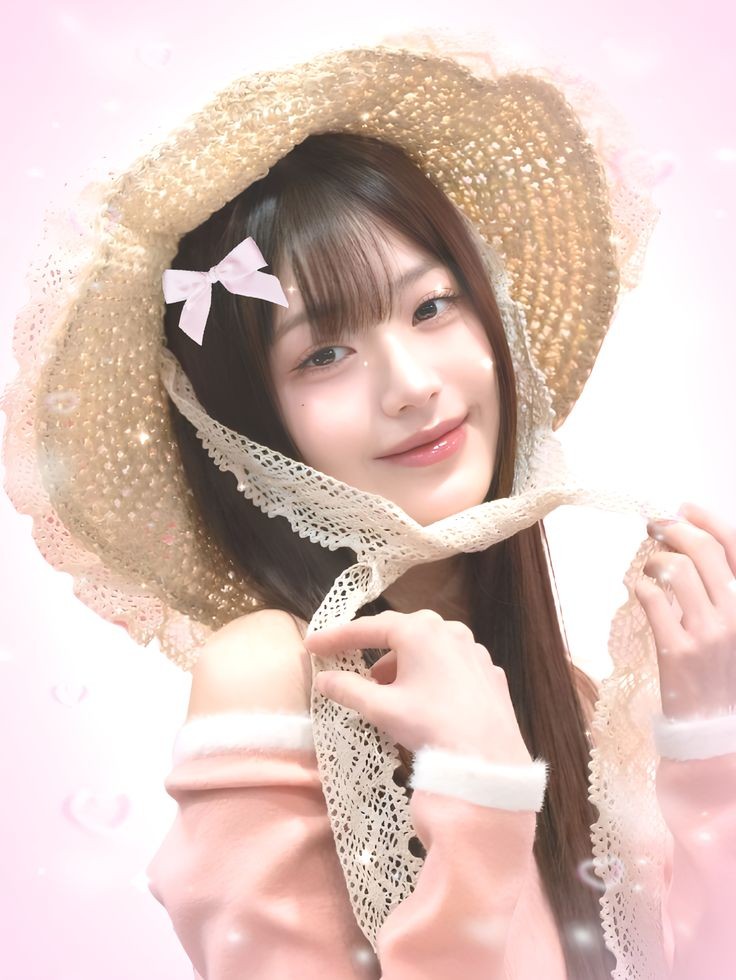Physics of the light and eye
Cards (33)
- What are the three possible interactions of light with matter?
- What do all electromagnetic waves, including light, do?
- What occurs during the absorption of light?
- What effect does the absorption of light have on a material?
- What happens during the transmission of light?
- What determines whether light waves are transmitted or absorbed by a material?
- What occurs during the scattering of light?
- What is the speed of light in empty space?
- How does the speed of light change when it travels through matter?
- What is refraction?
- What causes light waves to refract?
- What is white light composed of?
- How can almost any color of light be created?
- What does the law of reflection state?
- What is diffuse reflection?
- What is regular reflection?
- How does white light interact with an object?
- What is the process of transferring light energy to the molecules in a material called?
- Which medium does light travel fastest through?
- Why does an object appear blue?
- How does the eye form an image?
- What is the function of the retina?
- What is the cornea?
- What is the role of the iris?
- What do ciliary muscles do?
- What are rod cells responsible for?
- What do cone cells enable you to see?
- How do cone cells respond to different wavelengths of light?
- What determines the color of a pigment?
- What is the primary function of pigments?
- What are the main components of the eye and their functions?
- What are the types of cone cells and their responses?
- What are the differences between regular and diffuse reflection?
